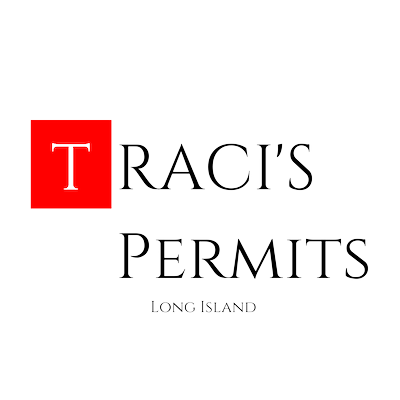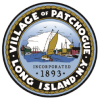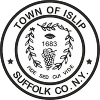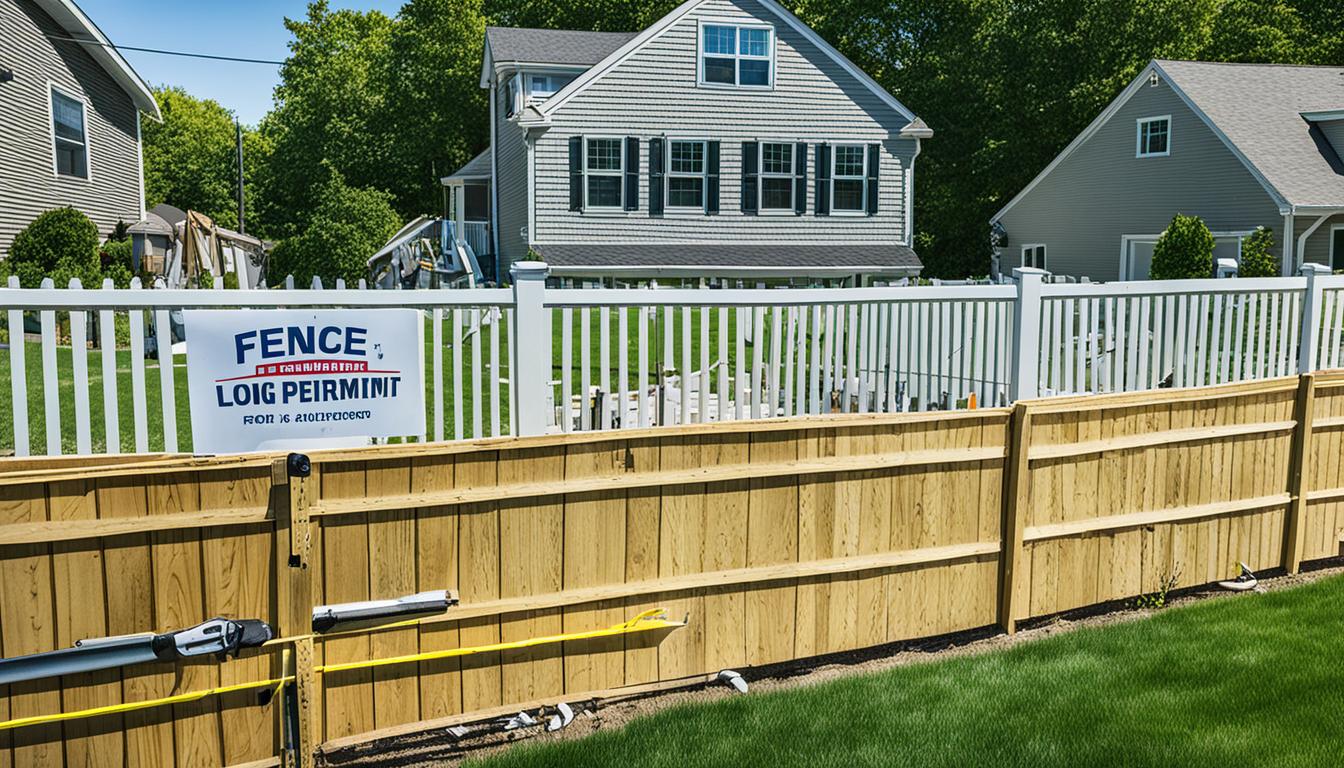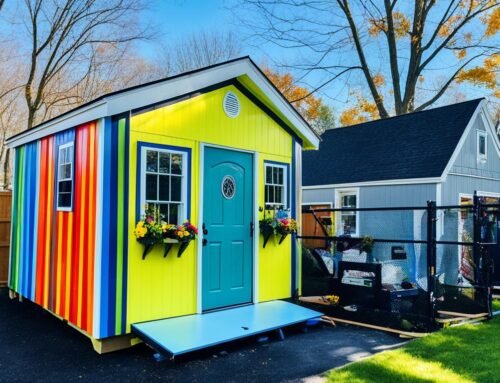In New York State, many places need you to get a permit before setting up a fence. This rule keeps our communities safe and looking good. Getting this permit allows homeowners to steer clear of legal troubles and helps beautify the neighborhood.
Are you thinking about adding a fence to your Long Island home? It’s important to know what your local building department asks for. Without help, understanding all the rules about fence height and materials can be tough. That’s where Traci’s Permits comes in handy. They know all about the building requirements in Nassau and Suffolk Counties and can help you get your permit fast.
Key Takeaways
- Fence permits are often needed in many New York State areas, affecting your plan to install a fence.
- Local building departments set the rules for height, material, upkeep, and safety of fences.
- Getting help from Traci’s Permits makes the application process easier and ensures you meet local rules.
- Not having a fence permit can cause legal issues and problems with your neighbors.
- It’s key to understand local rules, property lines, and setbacks before starting your fence project.
Understanding the Basics of Fence Permits
Homeowners in Long Island often need a fence permit for various projects. This is to make sure the installation follows local regulation and zoning laws. Getting this permit helps ensure that any structure goes up according to community norms. It also keeps the space from intruding on public or private areas and keeps the neighborhood safe.
Knowing the construction rules before starting a fencing project is crucial. Let’s delve into what a fence permit includes and its importance:
What is a Fence Permit?
A fence permit is a must-have for homeowners looking to set up, replace, or take down fences on their property. It confirms the structure adheres to local building and zoning regulation. Usually, a Licensed Land Surveyor must confirm property lines before giving out a fence permit. This ensures the fence doesn’t cross onto another area.
Why You Need a Fence Permit
Getting a fence permit matters for a few big reasons:
- Compliance with Local Codes: It shows your installation meets the required safety and zoning standards.
- Avoiding Legal Issues: Without the right permits, homeowners could face fines or need to take down the fence, adding extra costs.
- Preserving Community Standards: A fence with a permit helps keep the neighborhood’s look and safety consistent.
- Protecting Property Lines: A proper survey stops border issues and arguments with neighbors by marking off areas clearly.
Getting a fence permit in Long Island is a smart step to make sure your property upgrades are legal and good for the neighborhood.
Fence Permit Requirements in Long Island
To get a fence permit in Long Island, you need to follow certain steps. These steps help you meet local rules. We’ll cover the important paperwork, how to apply, and info on fees and how to pay them.
Documentation Needed
Having the right documents is key for your fence permit. You must have:
- A filled-out online application.
- A site plan that shows the fence layout, drawn to scale.
- Insurance proof from a licensed fence erector.
- A Short Environmental Assessment Form, if it’s needed.
You also need to make sure everything’s okay with local authorities, like the Town of North Hempstead.
Application Process
Getting a fence permit in Long Island is made to be quick. Here’s the path:
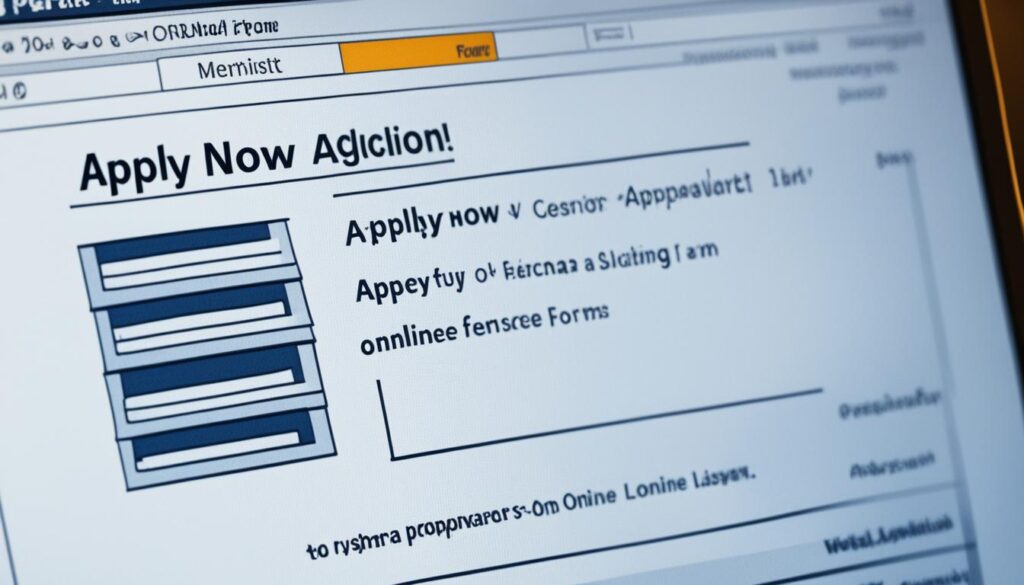
- Fill in the online application on the town’s website.
- Gather all your documentation, like the site plan and insurance.
- Send in your application and documents online.
- Then, wait to hear back from local officials.
This way, your permit request gets handled fast.
Fees and Payment Methods
The cost for a fence permit depends on the fence’s size. Here’s a quick look:
- Residential permits: Based on the fence’s height and length.
- Commercial permits: They’re generally more expensive, depending on size.
You can pay for these permits online:
- With a credit card
- Or e-checks
Remember, paying online might include extra fees.
| County/Town | Contact |
|---|---|
| Town of Hempstead | 516-538-8500 |
| Town of North Hempstead | 516-869-7680 |
| Town of Oyster Bay | 516-624-6266 |
For more specifics, reach out to your local town about the fence permit process.
Fence Permit Long Island Regulations
The rules for getting a fence permit on Long Island are strict and vary by area. The Town Code sets limits on how high fences can be in different parts of your yard. For example, fences can be up to four feet high in front of your house, five feet on the sides but not in front of your house, and six feet in the back.
To put up a fence taller than these limits, you need to ask for a special permit. Following these rules keeps neighborhoods looking nice and ensures fences don’t block views or create hazards on public roads and residential areas.
| Permit Type | Initial Application Fee | Additional Fees |
|---|---|---|
| Residential Fence Permit | $64.00 | Double the normal fee for legalizing a fence without a permit |
| Commercial Fence Permit | $214.00 | Double the normal fee for legalizing a fence without a permit |
| 239F Building Permit Review | $1500.00 | N/A |
| Subdivision Plan Review | $7,000.00 initial + $300.00 per lot | N/A |
| Reproduction of Sewer Maps | $126.00 per sheet | N/A |
| Sidewalk Permit (Residential) | N/A | N/A |
You can pay for your fence permit with a credit card or E-check. Remember, using a credit card adds a 2.95% fee, and E-checks have a $1.75 fee per transaction. Following the building code prevents fines and keeps our communities safe and orderly.
Local Building Departments and Their Specifics
Understanding your local building department’s specific needs is key to getting a fence permit in Long Island. Nassau and Suffolk Counties have their own rules, along with smaller areas within. Homeowners must follow these rules carefully.
Nassau County Requirements
Nassau County asks homeowners to get permits for several types of building projects, like putting up fences. In places like the Town of North Hempstead, you need the right paperwork and site plans for your fence permit application. This process helps keep everything in line with local rules and supports community growth.
Suffolk County Requirements
Suffolk County has its own set of strict rules for building projects. If you live in Babylon Town, you have to follow the Town of Babylon Building Department’s guidelines. They give out permits for new buildings and big changes, making sure everything from drainage to lights meets their standards.
Village and Town Regulations
Different areas in Long Island have their own rules for fence permits. Some parts of Suffolk County look after permits for business signs, while others handle permits for things like heating systems and sprinkler systems. Make sure to talk to your local building department so your project fits the local guidelines.
| County | Requirements | Examples of Permits Needed |
|---|---|---|
| Nassau County | Documentation and site plans | Fence, roofing, siding, deck |
| Suffolk County | Specification compliance (e.g., drainage, lighting) | Driveway work, central heating, sidewalk improvements |
Common Mistakes to Avoid When Applying for a Fence Permit
When you apply for a fence permit, you need to know the common mistakes. Knowing the rules and filling out your paperwork correctly helps avoid delays. It makes the process smoother for homeowners.
A mistake often made is not filling out the permit application right. It’s important to carefully go through the application. Make sure you submit all the needed documents. Missing or incomplete forms could get your application rejected.
Not hiring a licensed fence builder is another error. A professional ensures your fence meets local rules. And remember to mark your fence location correctly on the online application plan.
Leaving out required insurances is also a mistake to avoid. Your insurances should be current and cover possible construction issues. Not having this in order can delay or even reject your application.
Starting to build without a permit is a big mistake. It can result in fines and the need to reapply with higher fees. Such work without a permit can also lower your home’s value and safety.
Talking to building inspectors before starting is wise. They offer courtesy inspections that can save you time and trouble later. It’s a good step to ensure your home passes standards.
Below is a detailed comparison of active community contributors on building guidelines:
| Contributor | Posts | Read Count |
|---|---|---|
| SandyJet | 4,538 | 6,445,994 |
| bellakin123 | 7,844 | 13,230,922 |
| sirtiger | 8,679 | 11,071,987 |
| weegieb | 5 | 13,304 |
| alex3181 | 61 | 98,631 |
| longislander27 | – | 2,227 |
Finally, homeowners need to focus and steer clear of these mistakes for a successful permit. Paying close attention to details, hiring the right pros, and having the necessary insurances will make the process easier. Following these steps helps you follow all rules.
Cost of Fence Permits and Related Expenses
The cost to get fence permits varies based on factors like residential vs. commercial fees and application fees. We’ll look at how these fees are figured out. We will also discuss penalties for not following fence installation rules.
Residential vs. Commercial Fees
Residential fence permit fees usually start at $40 and can reach $150. They are often processed in a day. On the other hand, commercial fees start around $214. This shows how the complexity of fence installations can affect the permit cost.
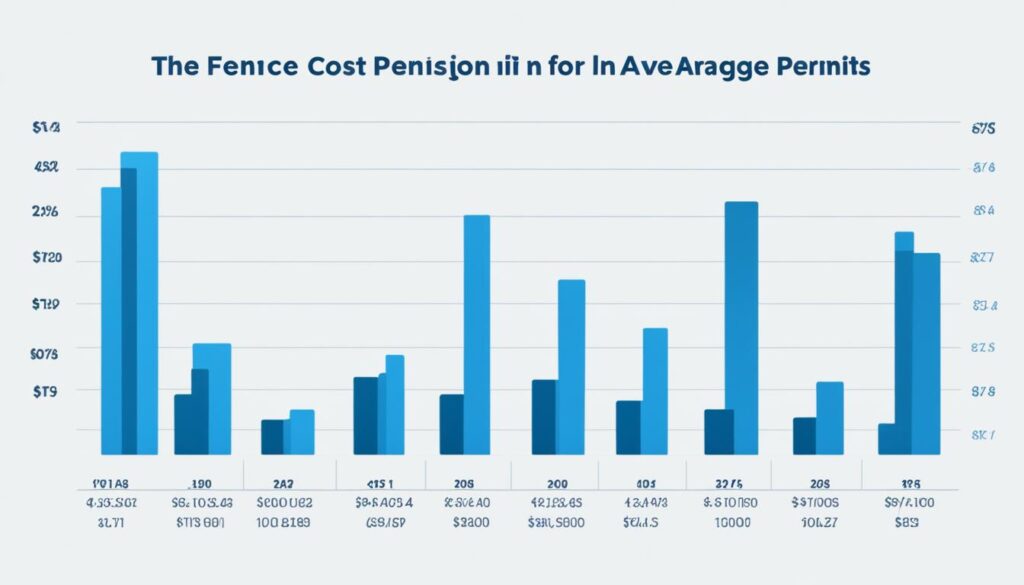
How to Calculate the Total Cost
To figure out the total permit cost, consider a few important factors. Residential permits may cost between $200 to over $3,000. Commercial projects can expect costs from $600 to over $10,000. The cost is often a percentage of the total project cost, between 0.50% to 2.00%.
In the Town of North Hempstead, residential permits start at $64. Commercial permits begin at $214. Remember, payment methods might include extra charges. This is important to avoid any surprises.
Penalties for Non-Compliance
If you don’t follow the permit requirements for fence installation, you can face big penalties. Building a fence without a permit can cost you fines double the permit price. It’s very important to know and follow local rules to avoid these fines. Not doing so can add unexpected costs and delay your project.
Knowing about permit costs helps homeowners and businesses prepare for the application process. Staying informed helps avoid penalties. It also makes completing your project smoother.
Conclusion
Getting a fence permit in Long Island takes careful work and following the rules. A big discussion with 67 posts shows how important this is. It’s seen by many as key to installing fences right.
People with experience stress the big risks of skipping the permit. They talk about fines and the need to follow rules. Everyone agrees that getting a permit is a must in places like Oyster Bay and Islip.
Places like Tracis Permits can really help with the permit process. Homeowners should get the right help and get all permits before starting. This helps avoid fines, eases the selling process, and keeps property values up.
